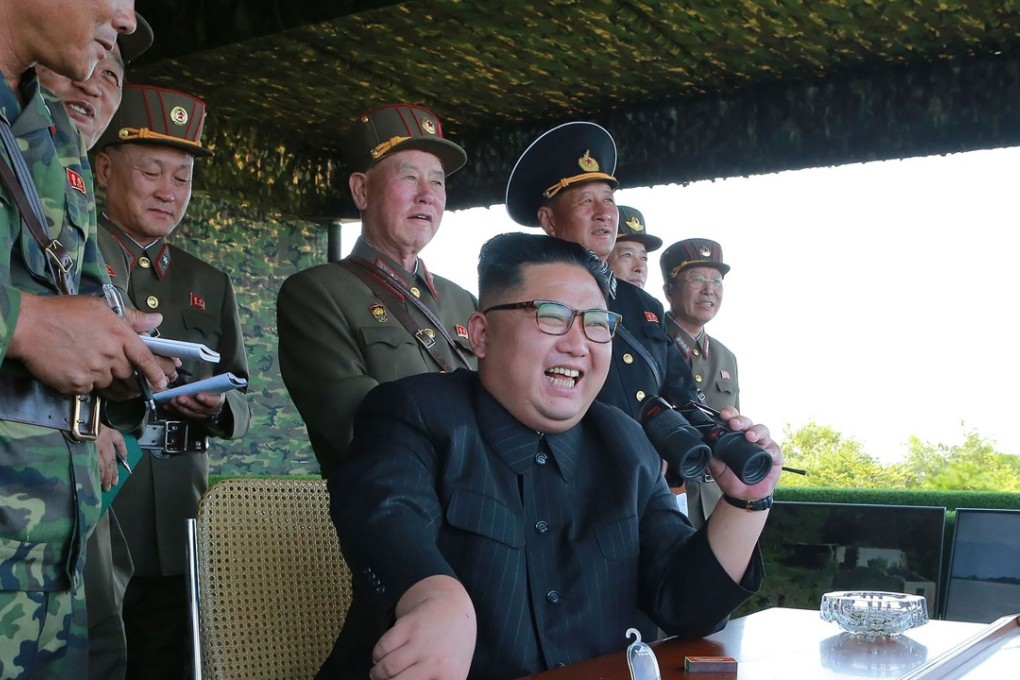Can the world come to its senses on nuclear weapons?
Bunny McDiarmid says a new UN treaty on banning nuclear weapons is an opportunity for all the world’s governments to ratify that missiles are a threat, not an avenue, to global security

As I stepped off a boat onto the main island at Rongelap, a small atoll in the Pacific ocean, on May 17, 1985, it was as if I had reached paradise.
Sandy beaches with coconut trees, crystal clear water; and yet nothing was as it should be.
Waiting for us on the beach, with flowers, was the local community. The women held a banner reading “we love the future of our children”.
I was there with the crew of the Greenpeace ship to help them relocate. Their beloved island was making them sick.
In March 1954, the atoll received a massive amount of radiation when the US tested its most powerful nuclear device. Radioactive fallout descended on the island. Falling for days, it dissolved into water supplies and contaminated the soil. The percentage of people contracting cancer skyrocketed, and children, what they called “jellyfish babies”, were born severely deformed.
They were left with no choice but to leave, with little hope of ever returning.